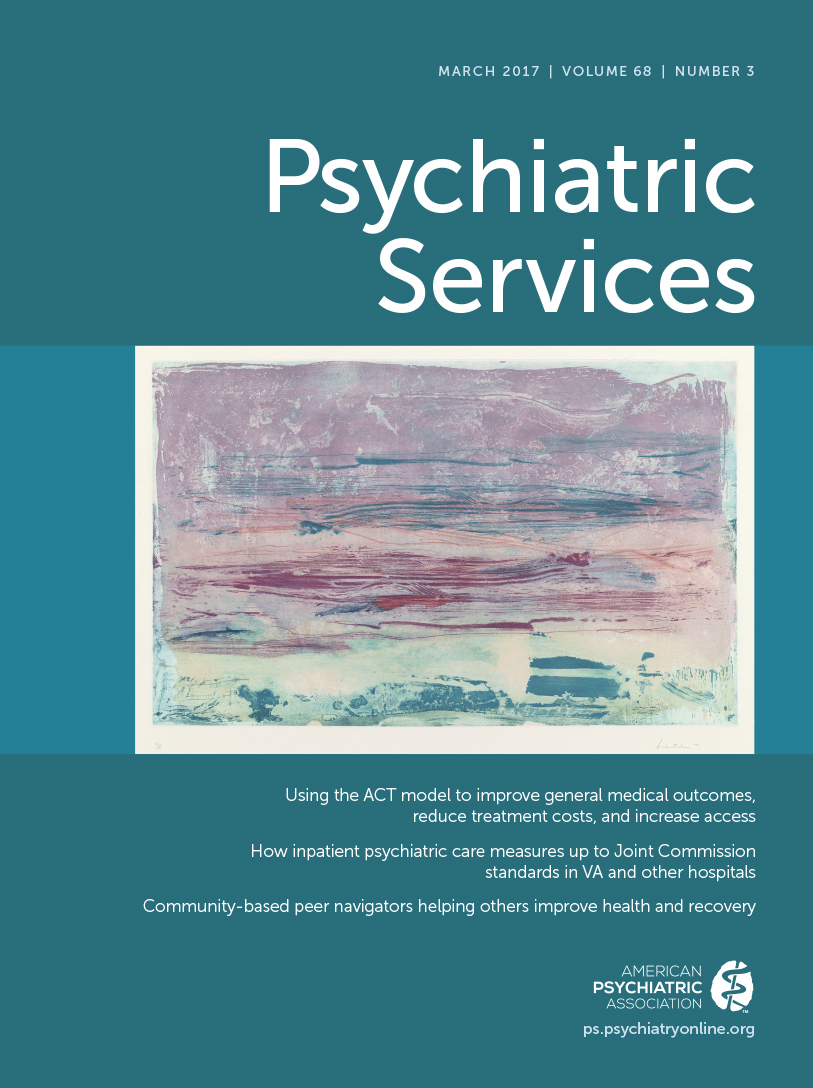Patient Preferences and Acceptability of Evidence-Based and Novel Treatments for Obsessive-Compulsive Disorder
Abstract
Objective:
This study examined preferences for and acceptability of treatments for obsessive-compulsive disorder (OCD).
Methods:
Through an online survey, adults who self-reported OCD chose their preferred evidence-based treatments, rated acceptability of novel treatments, and answered open-ended questions about their preferences. Analyses examined associations between demographic, clinical, and treatment variables and first-line and augmentation treatment preferences. Latent class analysis (LCA) explored whether distinct profiles among participants predicted preferences. Data from open-ended questions were analyzed by using qualitative methods.
Results:
Among 216 adults with at least moderate OCD symptoms, first-line preferences for exposure and response prevention (EX/RP) and serotonin reuptake inhibitor (SRI) medications were similar (55% and 45%). However, EX/RP was significantly preferred over antipsychotic medication as an augmentation treatment for SRIs (68% and 31%; p<.001). Regarding first-line preferences, no factors were associated with EX/RP preference, but participants who preferred SRIs were currently receiving OCD treatment (p=.011) or taking SRIs (p<.001) and reported a positive treatment experience overall (p=.043) and with medications (p<.001). Participants who preferred EX/RP as augmentation treatment were younger (p<.001) and female (p=.021) and taking benzodiazepines (p=.050). LCA analyses generated two distinct profiles, one of which preferred SRIs: those with a history of OCD diagnosis and treatment, higher income, and private insurance (p=.001). For novel treatments, acceptance and commitment therapy was the most acceptable and deep brain stimulation the least.
Conclusions:
Preferences for OCD treatments varied by individual characteristics. Future research should examine whether incorporating preferences into treatment planning has an impact on clinical care.



